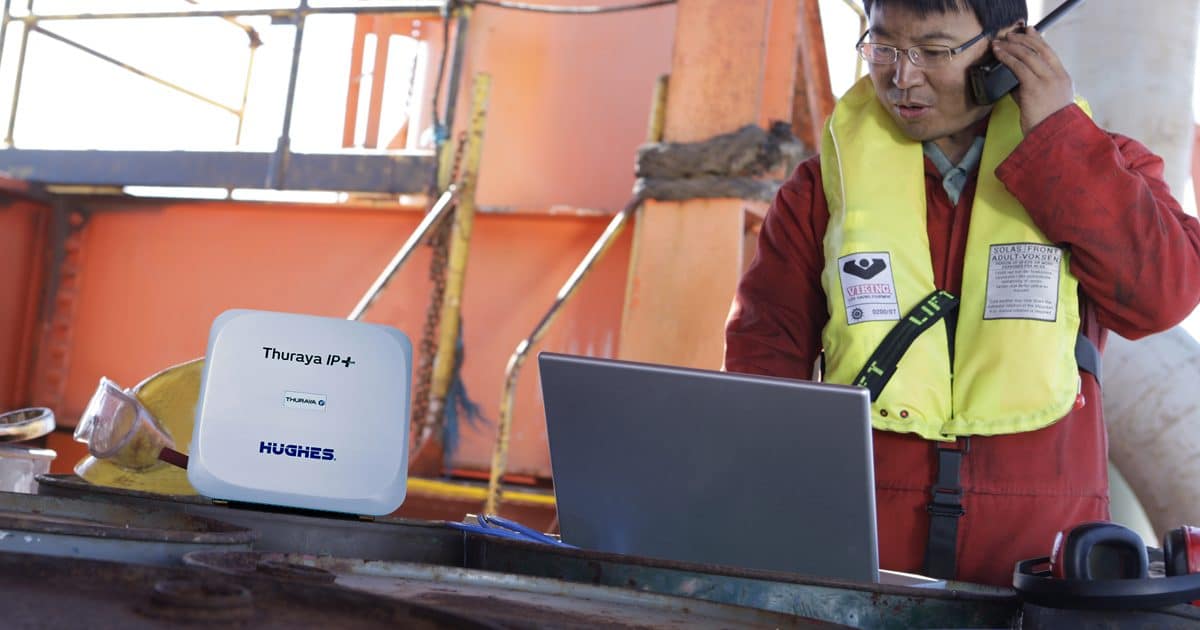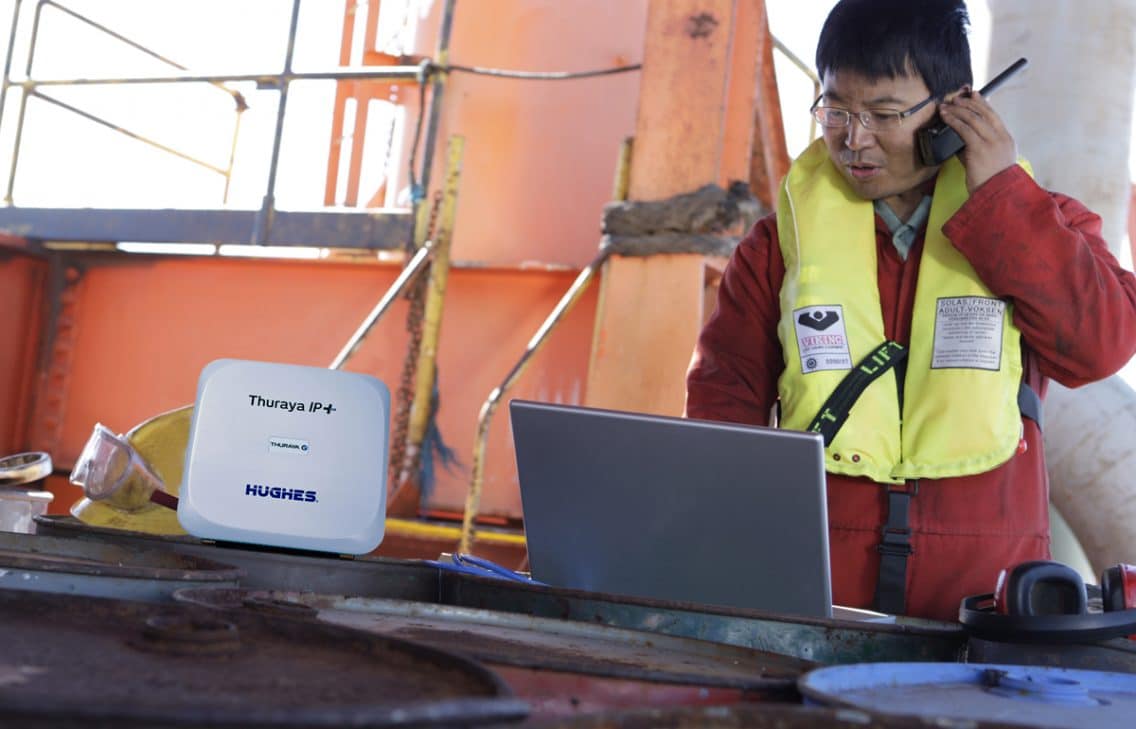
As urban dwellers, we often overlook the role of satellite technology in providing vital communication links to remote areas where terrestrial networks are unavailable or out of reach. Despite the roll-out of terrestrial networks to many parts of the world, there are many regions that remain unconnected which rely on satellite connectivity. It is either physically not possible to connect users at sea or in the air except via satellite or there is no business case to justify the costs to roll-out fiber to remote, sparsely populated areas. As such, satellite technology has a key role in enabling new applications and business processes that are making the IoT a reality.
Here are the top 10 benefits satellite communications brings to the IoT movement:
1. Connecting remote assets
Business operations that extend to geographically remote environments depend on satellites to provide the critical communication means to conduct remote facility monitoring and real-time asset management at unmanned sites and offshore platforms.
2. Driving the use of sensor networks
Energy and mining companies are exploring more extensive usage of satellite-based sensor networks to support their offshore exploration projects.
3. Transforming transportation infrastructure
Broadband connectivity on trains, cargo vehicles and maritime vessels is a burgeoning trend in the global transportation landscape, and satellite communications plays a pivotal role in enabling innovative mobility services.
4. Developing sustainable cities
City administrators around the world are harnessing the power of the IoT to drive energy efficiency measures and smarter resource allocation to help make cities more sustainable; for instance, satellite is key to enabling smart grids to be extended to remote regions where terrestrial networks fall short.
5. Facilitating mobile banking and retail
Satellite can serve as the communications backbone that keeps wireless ATMs and mobile point-of-sales applications running smoothly across a broad geographical span.


Source: ThurayaDespite the roll-out of terrestrial networks to many parts of the world, there are many regions that remain unconnected which rely on satellite connectivity.
7. Reliability
In an era of increased communications traffic, maintaining a high level of service reliability is always a key requirement for effective IoT deployments. Carrier integrated providers need to work with a satellite provider with a reliable network that caters to applications such as remote asset monitoring ensuring reliable, always-on connectivity.
6. Ubiquitous coverage
A new breed of innovative IoT applications will emerge from the connectivity of intelligent devices. Expected to encompass billions of devices around the world, the potential scale of the IoT demands ubiquitous network coverage between satellite operators and carrier integrated services, even in remote locations.
8. Speed
The future landscape of the IoT involves the exchange of data between interconnected objects to facilitate quicker decision making and enhance business processes. As such, the emergence of IoT is therefore driving up the demand for high broadband speeds to support bandwidth-intensive applications in real time. Users need to invest in mobile satellite equipment designed to deliver industry-leading broadband speeds with ease.
9. Cost
Terrestrial networks can be costly to deploy in some remote regions, and mobile satellite services are still widely viewed as a more affordable communications technology over other existing satellite platforms.
10. Integration
The IoT is expected to continue driving up market demand for the integration of satellite into the communications mix. Carrier integration providers need to partner with a satellite operator that is able to provide the necessary technology integration support as well as innovative hardware and flexible satellite infrastructure which are customizable to their users’ needs.
The benefits that that are outlined above capture the relevance that mobile satellite communications brings to the IoT landscape. But these are just the top of the proverbial iceberg. To deliver the promise, satellite operators and carrier integrators need to work together to enable seamless connectivity that propel our generation into the future. How we do that effectively will be the key to transforming IoT affects us all.
Which potential do you see for satellite connectivity in the IoT?

